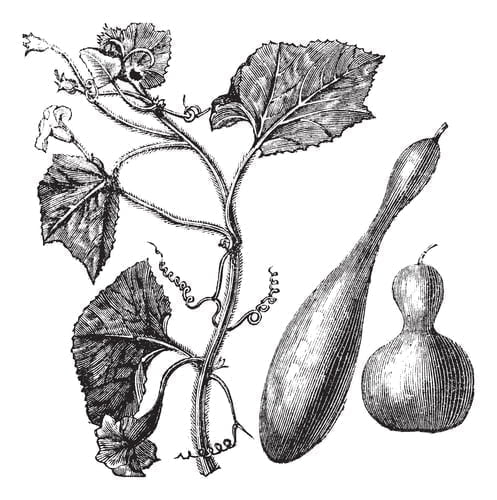Melon perspectives
I’m experimenting with a different kind of post: taking just one line of the Yi, looking at what the translators and interpreters make of it, and seeing what I can learn from the different perspectives. Let’s start with the fifth line of Hexagram 44, Coupling – a strange line, in… Read more »Melon perspectives









